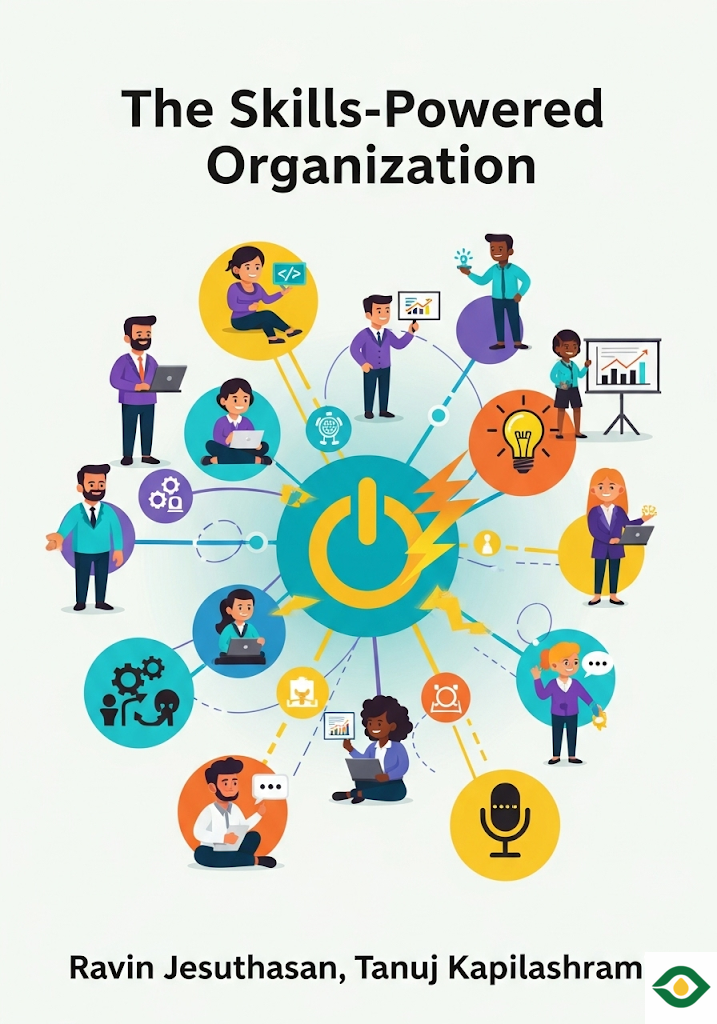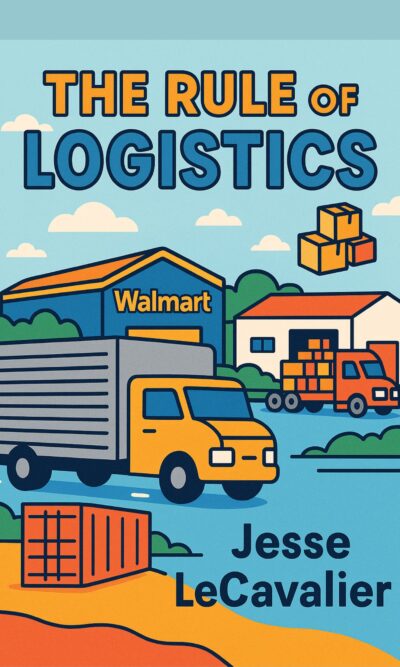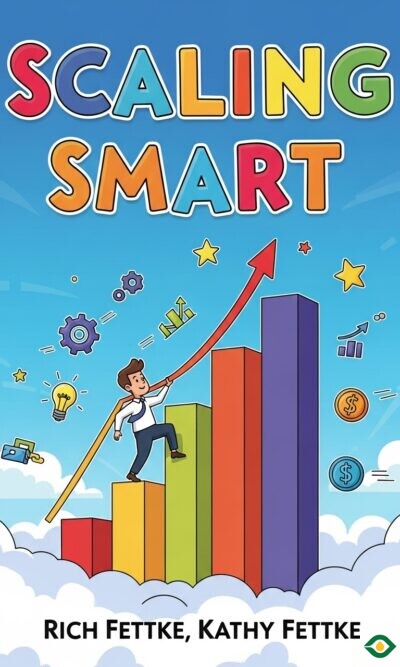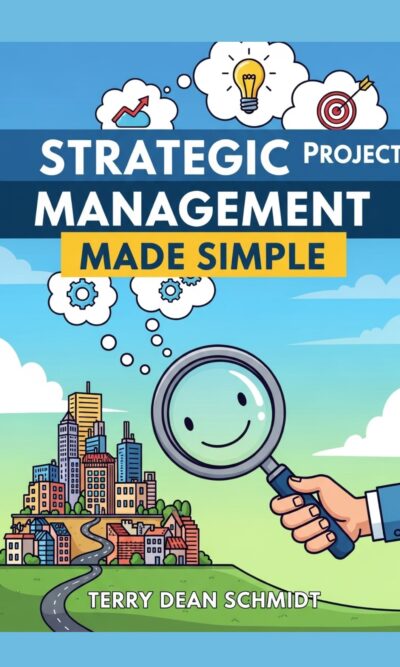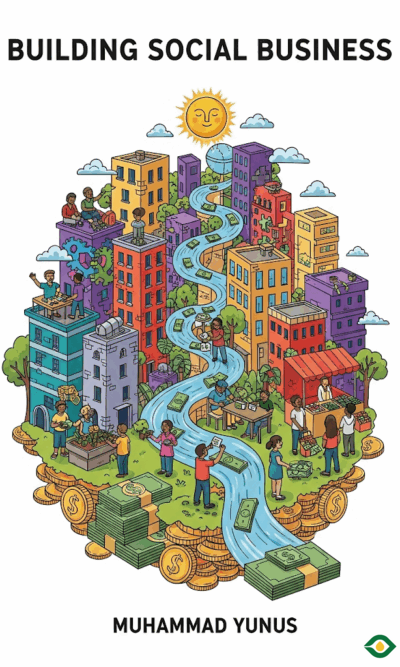Description
The way we think about work is changing. For more than a century, businesses relied on job descriptions and fixed roles. Each worker was assigned a clear position, and their responsibilities rarely shifted. But the world of work no longer moves slowly or stays predictable. Technology, automation, and new ways of working are reshaping what it means to have a career. The job, as we know it, is beginning to lose its place as the center of work. In its place, a new model is rising—one where skills are more important than titles, degrees, or rigid roles.
This change is often called the skills-powered organization. It reflects a simple but powerful idea: people should not be boxed in by job descriptions but instead be recognized for what they can actually do. A company that organizes itself around skills, rather than jobs, becomes far more flexible. It can move people around projects quickly, adapt to change, and stay competitive in a fast-moving world.
One of the biggest reasons for this shift is technology. Every few years, new tools make old ones outdated. A programmer may be hired to use one coding language, only to see that language fade in relevance within months. A marketer may train in one platform, only to find the company needs expertise in a completely different one. Rigid job descriptions don’t keep up with that pace. Companies need people who can learn, adapt, and apply new skills as the landscape changes.
Artificial intelligence has added another layer to this change. Machines can now do tasks that once belonged only to humans. Sometimes this means replacing work, but often it means creating new categories of tasks that never existed before. Instead of thinking, “What job does this person fit into?” leaders must ask, “What skills does this person have, and how can we apply them?” This shift requires a more fluid, flexible mindset.
Alternative work models also contribute to the change. Remote work, freelancing, and gig platforms have blurred the line between being an “employee” and simply being a contributor. People now expect freedom to apply their talents across different areas, not just remain locked in one box. A skills-powered system allows for this freedom.
So, what does it mean to treat skills as the new workplace currency? It means recognizing that specific abilities matter more than general job titles. Instead of saying “You are a marketing manager,” a company might say, “You bring skills in data analysis, communication, and design thinking.” This view allows organizations to build teams in creative ways, matching skills to projects.
Some companies are already doing this. For example, Spotify created a system of “squads,” small cross-functional teams that come together for particular projects. Once the project is done, the squad dissolves, and people move to new ones. Each person brings different skills, and the company reorganizes quickly to face new challenges.
A skills-first model benefits workers as much as it helps companies. Employees get to use their strengths more directly, which makes work more engaging. They also gain new career opportunities. Instead of being stuck in one department forever, a worker can move across teams if they have the skills required. This opens doors for growth and innovation.
It also makes opportunity fairer. For a long time, people were judged mostly by degrees, job titles, or past employers. Those signals often left out talented people who lacked the “right” credentials. A skills-powered system focuses on actual abilities, not paper qualifications. This helps people from diverse backgrounds showcase what they can really do. It gives more workers a chance to succeed.
Defining skills is not always simple. They can be technical, like coding, accounting, or graphic design. They can also be human, like empathy, leadership, or conflict resolution. Both kinds matter. In fact, as automation takes over repetitive tasks, human skills often become the real differentiators. A machine may analyze data, but humans must still interpret it, communicate the findings, and make thoughtful decisions.
Measuring skills is also evolving. Traditional certifications still exist, but companies are increasingly turning to new methods. Artificial intelligence can now scan work history, projects, and performance to identify hidden skills. For example, someone may never have been officially labeled a “leader,” but their history of mentoring others or managing group projects proves they have leadership skills.
The concept of “skills expression” is also growing in importance. This means proving your skills through action, not just listing them. A designer might show their portfolio, or a marketer might point to successful campaigns. What matters most is not what you claim to know, but how well you apply it.
To understand why this shift is happening, it helps to look back. In the late 1800s, during the Second Industrial Revolution, work was broken into jobs to create efficiency. Factories divided labor into small, repetitive tasks, and workers became cogs in a machine. This system dominated for more than a century. Later, globalization and outsourcing continued the job-based model, even as industries shifted.
But today, in the Fourth Industrial Revolution, things are changing again. Cloud computing, mobile technology, AI, and digital platforms have reshaped how work is organized. The rise of remote and gig work, along with the explosion of new technologies, has pushed us to focus less on rigid jobs and more on adaptable skills.
The benefits of this shift can be profound. According to research, a skills-first approach could open opportunities for millions of people worldwide. By breaking down barriers like education requirements, more people could showcase their talents. This could create a much larger, more diverse pool of workers and help companies fill roles that desperately need new talent.
For organizations, the transition requires planning. Leaders must identify “sunrise skills” that will grow in importance and “sunset skills” that will fade away. By doing so, they can train employees in the right areas before gaps appear. They must also build a culture of learning, where workers are encouraged to continuously develop. Training is no longer a one-time event but a constant process of growth.
Technology helps too. Some companies now use AI-powered platforms that match workers’ skills with available projects. This allows companies to allocate talent more effectively and ensures that employees get varied experiences to build new skills.
The road ahead isn’t simple. Moving from a job-based world to a skills-based one requires cultural change, new systems, and leadership commitment. But the potential rewards are huge: more flexibility for companies, more fairness for workers, and more innovation for society as a whole.
The main message is clear: in the future of work, skills matter more than job titles. Organizations that embrace this shift will be more adaptable, more resilient, and better prepared for whatever comes next. For workers, it means a world where what you can do counts more than where you came from or what your past title was. That’s the true power of a skills-powered organization.

